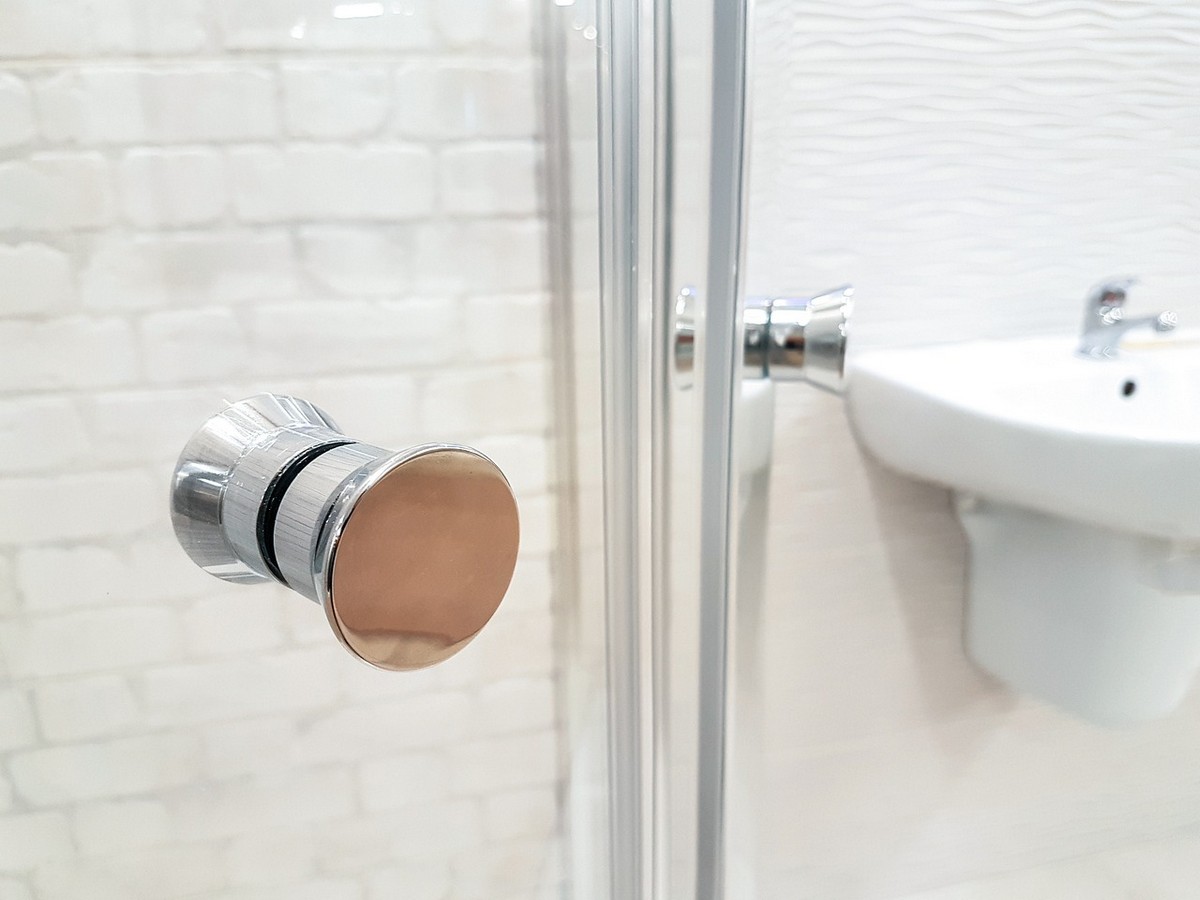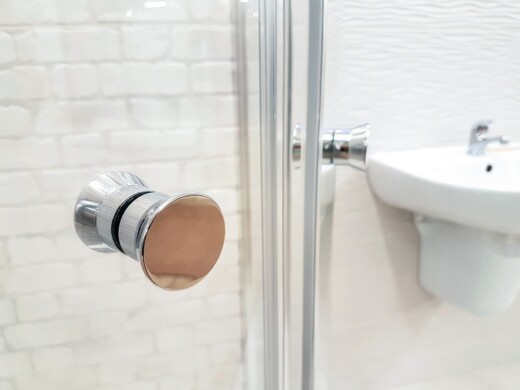12 ways homeowners can detect hidden water leaks guide, Property professional plumber hire, Building plumbing construction advice
12 Ways Homeowners Can Detect Hidden Water Leaks
February 14, 2024
Unreported internal water leaks are a major issue that, if left uncontrolled, may seriously harm our homes. These leaks can cause structural damage as well as high water bills, among other undesirable outcomes. In this piece, we set out to find practical approaches to identifying these elusive offenders. Our best chance of protecting our houses and preserving the valuable resource of water is early discovery. Let’s examine how householders can protect their properties and the environment by acting as watchful investigators in the hunt for concealed water leaks.
Monitor Your Water Bill
A subtle indicator of hidden water leaks often lies within your monthly water bill. An unexpected surge in water charges can serve as a red flag, hinting at a potential issue lurking beneath the surface. Pay heed to these increases and compare your current water usage to previous months. This vigilant scrutiny can unveil any irregularities, prompting further investigation.
Use the Water Meter Test
A water meter test is a homeowner’s detective tool, a means of unravelling the mystery of hidden leaks. Begin by turning off all water sources within your home. Then, venture to your water meter and keep a close eye on its readings. If the meter registers any change while water usage remains at bay, you may have unmasked a concealed leak.
Check for Wet Spots or Dampness
Scenes of hidden water leaks tend to bear the imprints of nature. Look out for any signs of moisture or wet marks on the ceiling, walls, or floors. These warning indicators frequently appear in regions where plumbing lines pass. By tracing the moisture back to its source, you can inch closer to revealing the concealed leak’s location.
Listen to Running Water Sounds
In the realm of hidden leaks, silence is not always golden. When all fixtures are silent, lend your ears to the stillness of your home. Listen for the faint sound of running water, a clue that a hidden leak may be afoot. Focus on areas near plumbing lines and distinguish between normal plumbing sounds and the subtle symphony of a concealed leak.
Inspect The Pipes Under Sinks
The easiest method for finding leaks on the list is this one. If the connections for the pipes under the sink are not properly sealed, leaks can happen. Leaks in the home may also originate from improperly installed P-traps.
Under the sink, look for signs of mould, moisture, or musty smells. If so, you may need to get your instruments out in order to secure the pipe connections and stop leaks.
Check the water pressure
You’ll need a water pressure gauge gadget to find leaks using this water leak detection method. If you don’t have one, it might be a good time to call one of your local plumbers for help. This method can be used to find leaks in the following ways:
- Verify that no running water fixtures are present in your home.
- Connect the water pressure gauge to an outdoor spigot or hose bibb.
- Turn off the main water supply valve.
- The water pressure gauge on your tap should be loosely attached.
- The needle on the gauge will move in accordance with the water pressure and stay still for ten to twelve minutes. You have a leak in the water line if the needle gradually descends over that time.
Regular maintenance can also help recognise potential issues before they become costly. Homeowners should also seek professional help when needed. Regular inspections and check-ups are essential to ensure a safe and secure plumbing system.
Inspect for Mold and Mildew
Stealthily concealed water leaks tend to encourage the growth of mildew and mould. These unwanted visitors are a certain indication of persistent wetness and a possible leak. Keep an eye out for frequent places where mould grows, and take quick action to address the leak and the health hazards that come with mould.
Look for Cracks or Foundation Shifts
Water’s quiet persistence can lead to more dramatic changes in your home. Hidden water leaks may be linked to cracks in walls or signs of foundation shifts, so be sure to keep an eye out for them. Structural damage often accompanies water damage, so seek a professional assessment if you suspect a connection.
Use Dye Tests for Toilet Leaks
Toilets can be notorious sources of hidden leaks. Perform a simple dye test by adding food colouring to the toilet tank. If the coloured water seeps into the bowl without a flush, you’ve uncovered a toilet leak that demands attention.
Check Exterior Usage Points
Our vigilance extends beyond the home’s interior. Check for leaks in irrigation systems, outdoor hoses, and faucets, particularly as the seasons change. Take preemptive action to minimise outdoor water waste and protect your property from the harm caused by unseen exterior leaks.
Infrared Thermal Cameras and Leak Detection Equipment
It is possible to locate concealed water leaks using sophisticated instruments like infrared thermal cameras. These expert resources provide a more thorough picture of possible problem areas. When the need arises, think about enlisting the help of a specialist with specialised leak-detecting tools.
Hire a professional plumber
While homeowners can attempt DIY methods to detect leaks in their homes, the most effective and reliable approach is to seek professional assistance. By relying on their expertise and specialised tools, plumbing and drain specialists possess the ability to identify water leaks.
Furthermore, these professionals are capable of pinpointing the exact source of the leak and advising on the most suitable solutions for repairing it. Besides, they can provide valuable recommendations for preventing future leaks.
12 ways homeowners can detect hidden water leaks Conclusion
Homeowners are essential to preserving the integrity of their properties and the value of water by actively seeking hidden water leaks. With the help of this all-inclusive guide that offers a variety of investigative techniques, homeowners may take proactive measures to address any potential risk that might be concealed inside their plumbing systems. By doing routine checks and identifying any problems early on, we protect our houses from plumbing problems and maintain overall effectiveness, which protects our pocketbooks and the environment from hidden water leaks.
Comments on this guide to 12 ways homeowners can detect hidden water leaks article are welcome.
Architecture
, west Edinburgh, Scotland, UK
Rowanbank Gardens Edinburgh Housing
West Town Edinburgh Property Vision
Comments / photos for the 12 ways homeowners can detect hidden water leaks advice page welcome.


